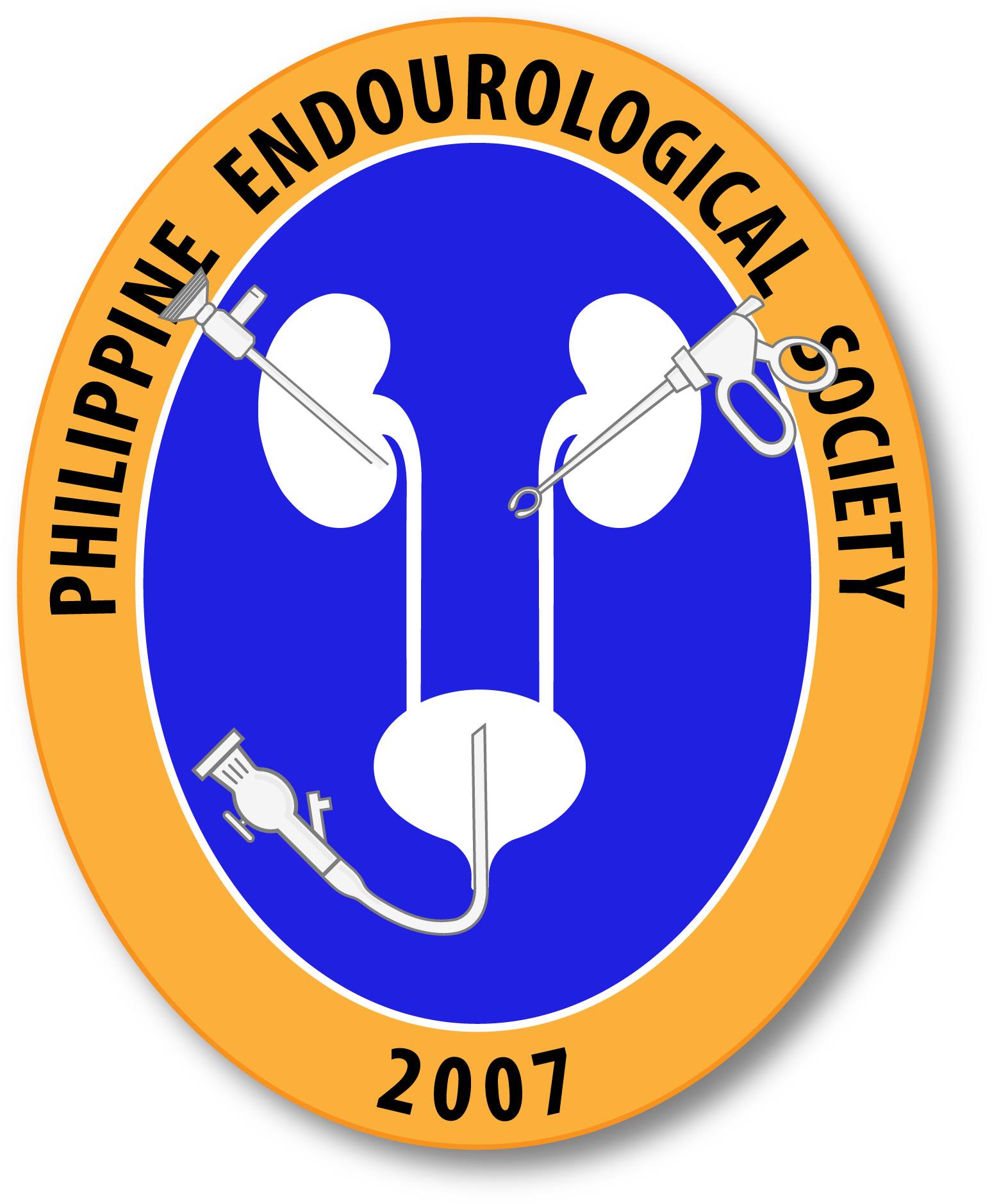Alicia Morgans: Hi, my name is Alicia Morgans and I’m a GU Medical Oncologist at Dana-Farber Cancer Institute in Boston in the United States. I’m so excited to have here with me today, a good friend and colleague Dr. Fred Saad, who is a Professor and Chief of Urology and Director of GU Oncology at The University of Montreal Hospital Centers. Thank you so much for being here with me today, Dr. Saad.
Fred Saad: Thank you, Alicia.
Alicia Morgans: Wonderful. So I wanted to speak with you a little bit about a really interesting investigation that you and your team presented at AUA that is investigating patients treated with relugolix that actually had combination or intensified therapy to understand how those combinations acted in terms of safety and perhaps efficacy. Can you tell us a little bit about your presentation?
Fred Saad: Yeah, sure. So I think everybody is aware that the paper was published in The New England Journal and that relugolix had at least as much efficacy as what we are using today in terms of LHRH analogs. And this is the first LHRH antagonist that is oral. So it showed even superiority in terms of maintaining castration levels of patients treated for advanced prostate cancer. So the definition of advanced obviously is wide. It included patients who are metastatic or had recurrence after local therapy. And this analysis tried to address one of the unmet needs, is it safe to combine relugolix with many of the agents that we are starting to use in practice? Because obviously, especially in the metastatic setting, we are giving much more novel hormonal therapies. And so patients were allowed to go on to combination therapy as long as it wasn’t abiraterone, because obviously abiraterone when the primary endpoint is looking at testosterone, this would have been a big confounder.
So we had patients who went on to enzalutamide. We had patients who got a combination with radiation therapy. We had patients who had other agents, but the bottom line is the patients who did have combinations, regardless of what combination it was, it didn’t look like they were having more adverse events than the patients who got relugolix alone. So that’s at least reassuring. Obviously, more work needs to be done, but at least in the first impression, this is very reassuring that for much of what we do in terms of radiation and drugs like enzalutamide, it looks like it is safe and continues to be effective. And there is ongoing work to continue in that field.
Alicia Morgans: That’s really important because, for many of our patients, we want to use combinations. We’re not giving as much ADT as a single therapeutic approach anymore. And I think particularly when we think about the rapid testosterone recovery, combinations that include radiation are really attractive both to patients and, of course, to clinicians. When I think about systemic therapy combinations, I’m excited to hear that there was good safety as well. I wonder, were the rates of castration the same when patients were treated with enzalutamide? And the reason I ask, I think it’s theoretical at least that patients could have higher testosterone levels because of the direct AR antagonist activity of enzalutamide. So just curious there, how did that look?
Fred Saad: This didn’t come out to be any signal that it was less efficacious if it was combined with, as you say, an oral or an antagonist of the androgen receptor. So that was reassuring. And again, as you say, for the radiation patient, especially the one who is symptomatic, this has a very, very fast action. So most patients were castrate within about three to four days and the recovery was extremely rapid. Within a month, patients were recovering testosterone. Within three months, the majority of patients had recovered. Whereas with the analog, the minority had recovered within three to six months of stopping the LHRH analog.
Alicia Morgans: Well, really, I think quite interesting information, an interesting approval, a great option, I think, for our patients. So what is your bottom line or take-home message from this subsequent analysis from the HERO data?
Fred Saad: Well, I think at least for radiation, I think it is clear that it’s perfectly fine. Even though this was a proof of principle that it looks like it’s safe, more work is being done looking at combinations, looking at PKs, making sure that we do not need to adjust doses of the drug. So the analysis that we just did, I think, is very encouraging that at least looking at it in a small number of patients it looks safe to be combining relugolix with agents that we are commonly using in advanced prostate cancer. And it’s very encouraging that more work is being done, and this is giving us as many options as possible for our patients.
Alicia Morgans: Great. It’s always a good thing, I think, for our patients to have options and for our clinicians to understand the differences between these options to help patients make the right choice for them. So I really appreciate you and the team doing subsequent work to help us understand these combinations and for taking the time to talk with us about it today. Thank you.
Fred Saad: Thank you very much.
